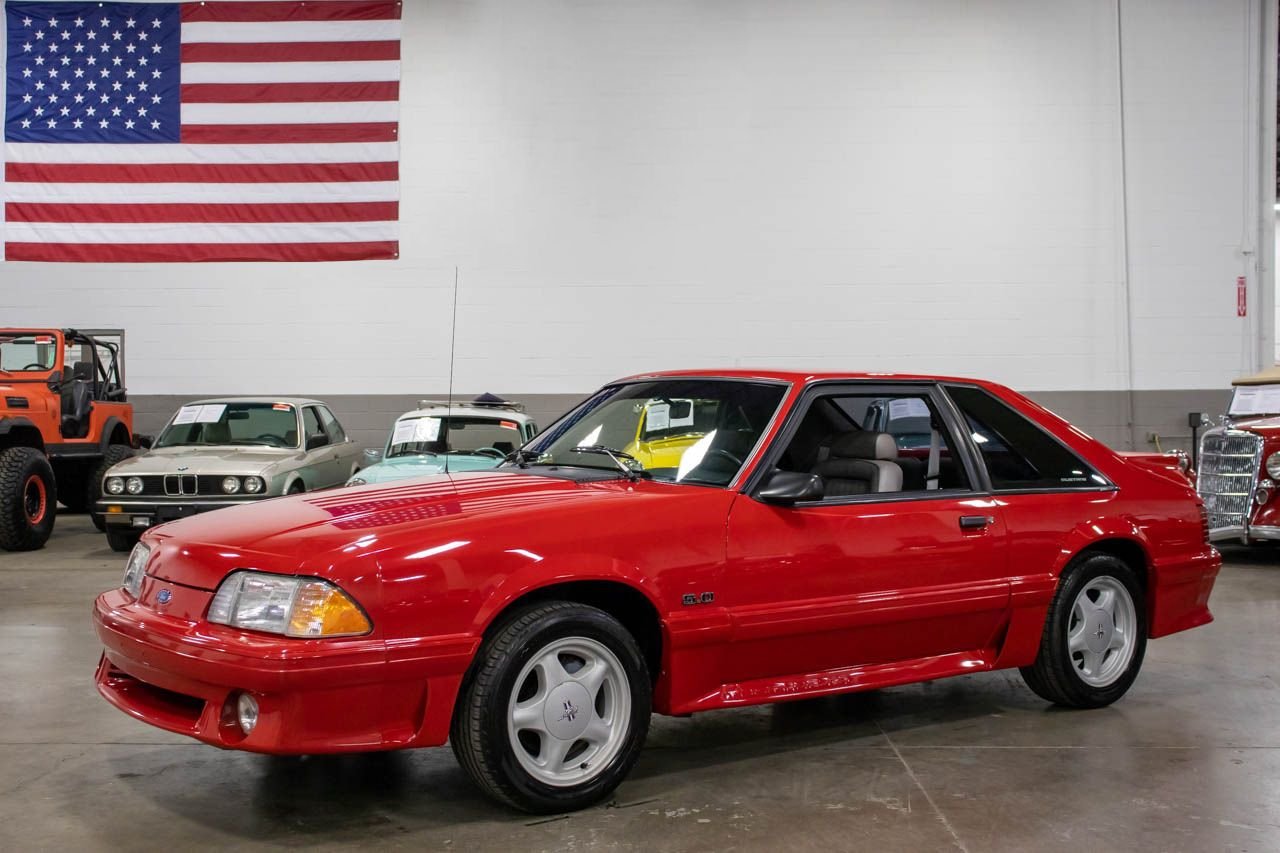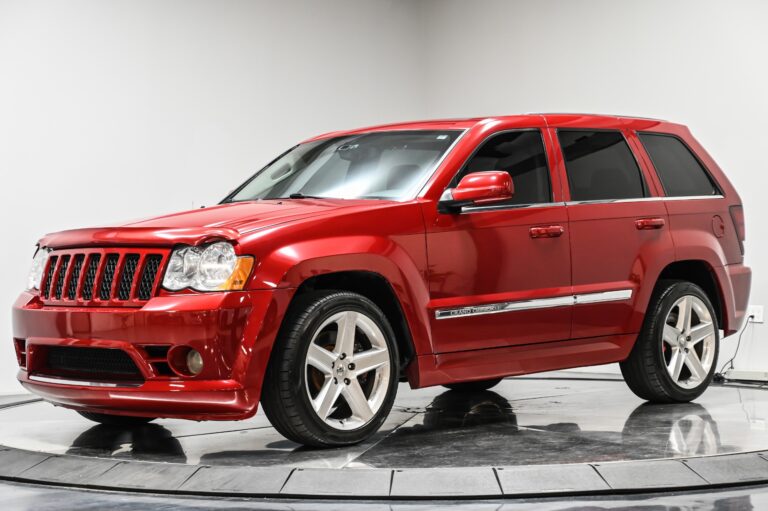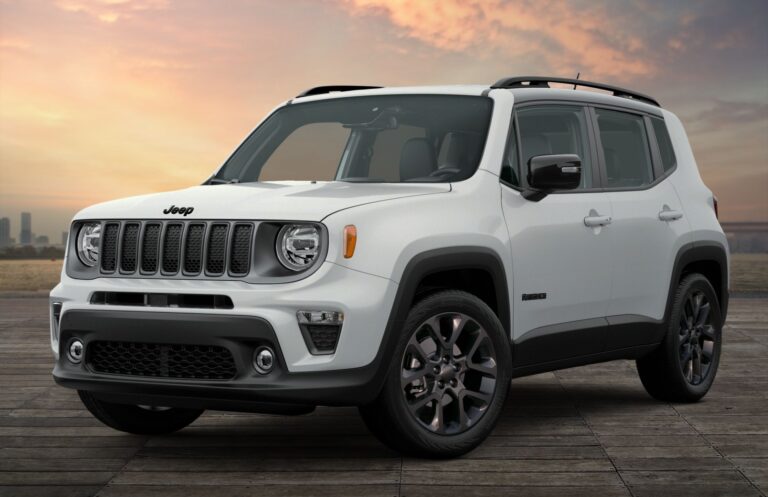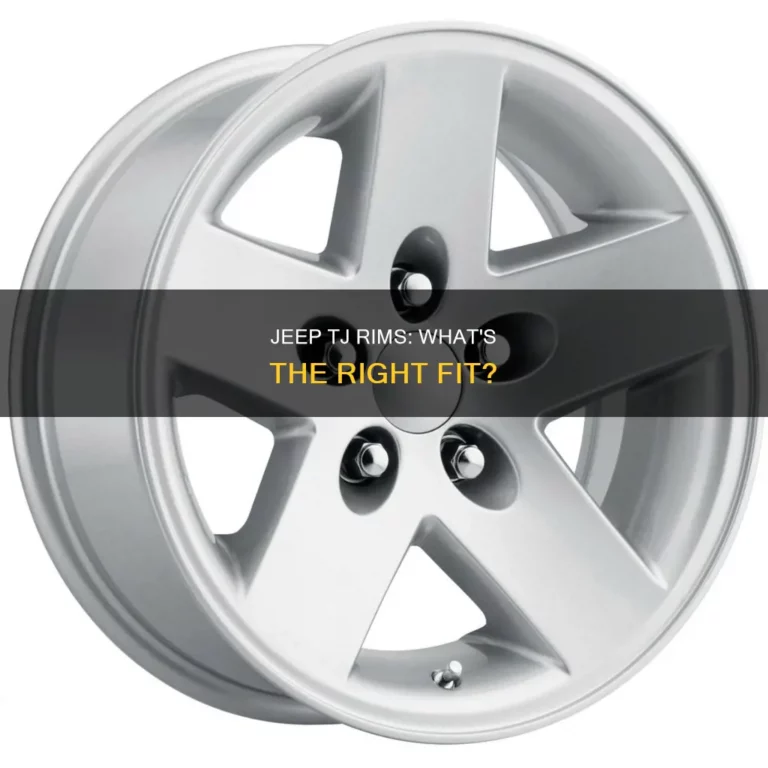1992 Jeep Wrangler For Sale: Your Comprehensive Guide to an Off-Road Icon
1992 Jeep Wrangler For Sale: Your Comprehensive Guide to an Off-Road Icon /jeeps.truckstrend.com
The year 1992 marked a sweet spot for the Jeep Wrangler YJ, a model that, despite its initially controversial square headlights, has cemented its place in automotive history as a rugged, capable, and immensely fun-to-drive off-road machine. For many enthusiasts, the 1992 Jeep Wrangler embodies the quintessential open-air adventure vehicle, offering a blend of classic Jeep aesthetics, straightforward mechanics, and impressive go-anywhere capability. Whether you’re a seasoned Jeeper looking for a nostalgic project, a first-time off-roader seeking a reliable entry point, or a seller aiming to find the right buyer for your beloved YJ, understanding the nuances of the 1992 model is crucial. This comprehensive guide aims to arm you with all the information needed to navigate the market for a 1992 Jeep Wrangler For Sale, ensuring a smooth and informed transaction.
Why a 1992 Jeep Wrangler? The Enduring Appeal of the YJ Generation
1992 Jeep Wrangler For Sale: Your Comprehensive Guide to an Off-Road Icon
The Jeep Wrangler YJ, produced from 1987 to 1995, represented a significant evolution from its CJ predecessors while retaining the core spirit of the Jeep brand. The 1992 model year, in particular, benefits from several refinements made during the YJ’s production run, notably the widespread adoption of the venerable 4.0-liter inline-six engine across most trims. While the square headlights initially drew criticism from purists, they have since become an iconic identifier of the YJ, distinguishing it from the round-eyed CJs and later TJs.
The enduring appeal of the 1992 YJ lies in its simplicity and raw utility. It’s a vehicle built for adventure, not luxury. Its leaf-spring suspension, while offering a firm ride on pavement, provides excellent articulation and durability for off-road trails. The YJ is highly customizable, with a vast aftermarket industry dedicated to lifts, armor, and performance upgrades. Furthermore, its relatively straightforward mechanical design makes it an excellent vehicle for DIY enthusiasts, fostering a strong community of owners who value its no-nonsense approach to motoring. For many, owning a 1992 Wrangler is more than just having a car; it’s about embracing a lifestyle of freedom, exploration, and hands-on maintenance.
Key Specifications and Variants of the 1992 Model
Understanding the technical specifications of the 1992 Jeep Wrangler is vital for both buyers and sellers. This model year offered a few key configurations:
- Engines:
- 2.5L AMC 150 I4: A fuel-injected (TBI – Throttle Body Injection) four-cylinder engine producing around 123 horsepower. While adequate for light duty and better on fuel, it often feels underpowered, especially with larger tires.
- 4.0L AMC 242 I6: The highly sought-after fuel-injected (MPI – Multi-Port Injection) inline-six engine, delivering a robust 180 horsepower and significant torque. This engine is legendary for its reliability and provides ample power for both highway driving and serious off-roading. For 1992, the 4.0L was a refined, powerful option.
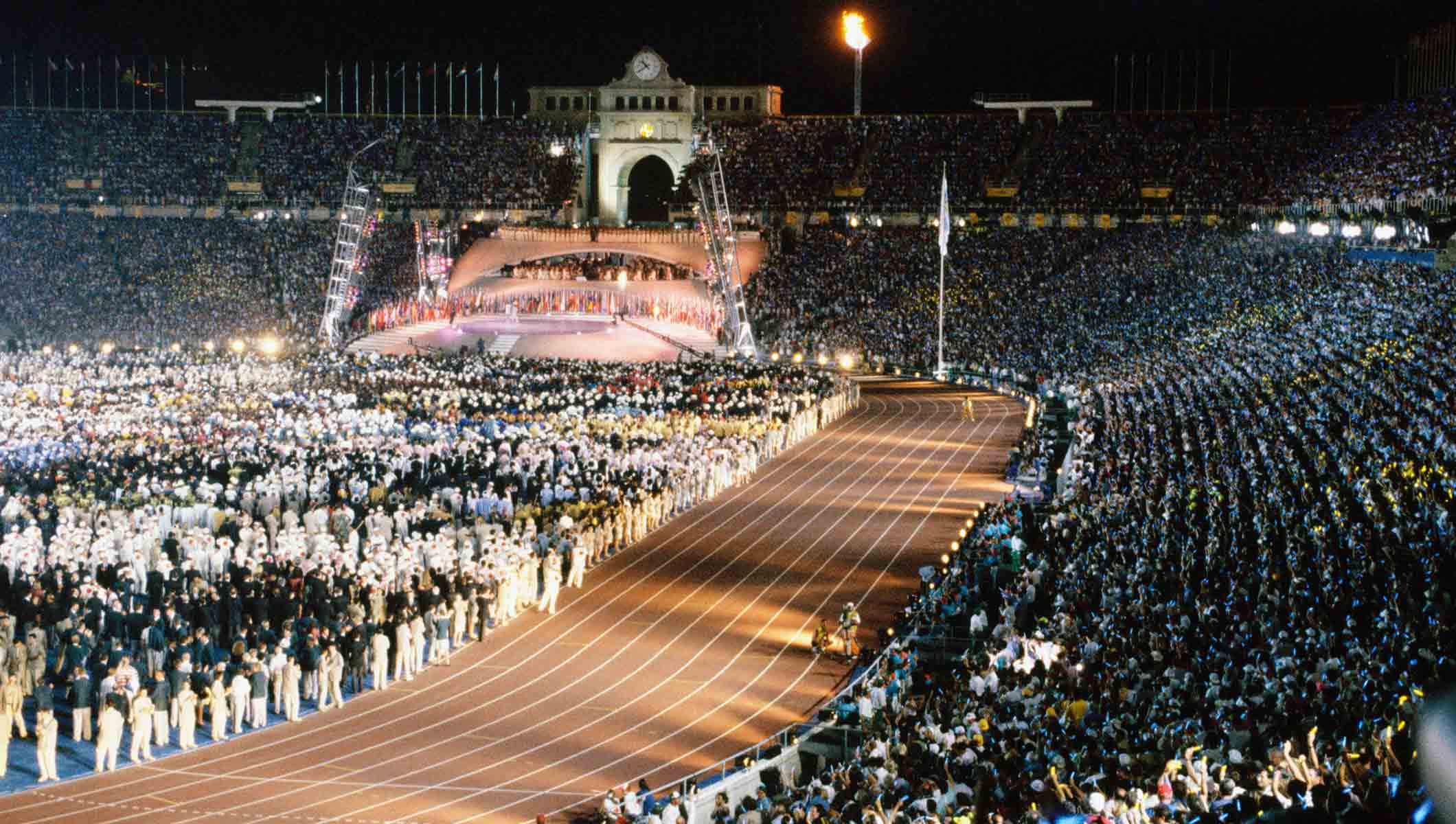
- Transmissions:
- 5-speed Manual: Most 4.0L models came with the robust Aisin AX-15 manual transmission, known for its durability. The 2.5L models often used the lighter-duty Aisin AX-5. (Note: Earlier YJs used the Peugeot BA-10/5, but by 1992, the AX-15 was standard for the 4.0L).
- 3-speed Automatic: The Chrysler Torqueflite 999 (TF-999) or 904 (TF-904 for 4-cyl) automatic transmission was an option, offering simpler operation but less control and generally lower fuel efficiency than the manual.
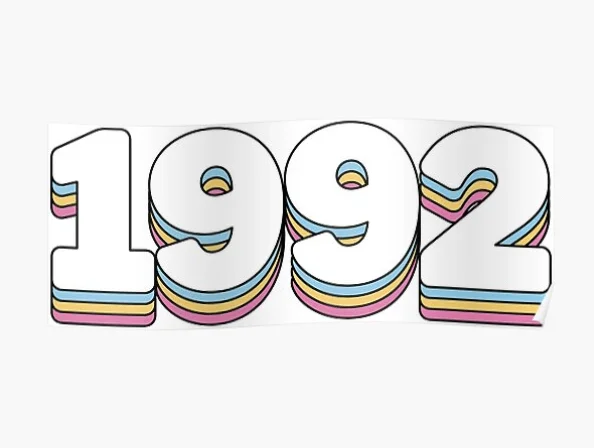
- Transfer Case: The NP231 Command-Trac part-time 4WD system was standard, providing 2H, 4H, and 4L options. It’s a reliable and popular transfer case.
- Axles:
- Front: Dana 30
- Rear: Dana 35 (most common). Some rare, higher-trim models or those with specific option packages might have come with a Dana 44 rear axle, which is highly desirable.

- Trims: The 1992 Wrangler was available in various trim levels, each offering different features and aesthetics:
- S/Base: Basic model, often with the 2.5L engine.
- Sport: A step up, often with the 4.0L engine, more comfortable interior.
- Islander: Distinctive graphics, body-colored fender flares, unique wheels, and specific interior colors.
- Sahara: Premium trim with unique green paint, tan interior, special graphics, and often full doors.
- Renegade: The most visually distinct, featuring large body-colored fender flares, front and rear fascias, and unique wheels. These are rarer and often command higher prices.
What to Look For When Buying a 1992 Jeep Wrangler (Buyer’s Guide)
Purchasing a 1992 Jeep Wrangler requires a keen eye and a thorough inspection, as these vehicles are over three decades old. Here’s what to prioritize:
- Rust (The #1 Enemy): This is the most critical factor. Inspect the frame meticulously, especially around the control arm mounts, skid plate, and spring perches. Check the body tub, floorboards, rocker panels, and behind the fender flares. Surface rust is manageable, but extensive frame rot can be a deal-breaker.
- Mechanical Condition:
- Engine: Listen for unusual noises (knocks, ticks), check for excessive smoke from the exhaust (blue = oil, black = rich, white = coolant). Look for oil leaks (valve cover, oil pan, rear main seal). Ensure it idles smoothly and has good power.
- Transmission/Transfer Case: Test all gears (manual and automatic) for smooth engagement. Check 4WD functionality (2H, 4H, 4L). Listen for grinding or whining noises.
- Axles: Check for leaks around the differential covers and pinion seals. Listen for humming or clunking sounds, which could indicate worn gears or bearings.
- Suspension: Look for broken or sagging leaf springs, worn-out bushings, and leaking shocks. Test for excessive bounce.
- Steering: Check for excessive play in the steering wheel (wander is common, but extreme play indicates worn components like the steering box, tie rods, or ball joints).
- Brakes: Check the condition of brake lines (especially the rear, which often rust), calipers, and rotors/drums.
- Electrical System: Test all lights, gauges, wipers, heater fan, and radio. Faulty wiring can be frustrating to diagnose.
- Interior: Inspect seat condition (tears, foam wear), dashboard for cracks, and floorboards for rust under the carpet/mats.
- Exterior and Top: Assess the paint condition, look for body damage or signs of previous accidents. Check the condition of the soft top (tears, cloudy windows) or hardtop (cracks, missing hardware).
- Modifications: Many Wranglers are modified. Assess the quality of modifications (e.g., lift kits, aftermarket bumpers, winches). Poorly installed modifications can lead to safety or reliability issues. Ask for receipts or documentation for significant upgrades.
- Documentation: Request service records, receipts for parts, and a clear title. A vehicle history report (CarFax, AutoCheck) can reveal accident history or title issues.
Selling Your 1992 Jeep Wrangler (Seller’s Guide)
If you’re selling a 1992 Jeep Wrangler, presentation and transparency are key to attracting serious buyers and getting a fair price.
- Preparation is Paramount: Thoroughly clean your Jeep, inside and out, including the engine bay and undercarriage. Address any minor issues you can (e.g., burned-out light bulbs, worn wiper blades). Consider a professional detail.
- High-Quality Photography: Take numerous clear, well-lit photos from various angles. Include interior shots, engine bay, undercarriage (highlighting frame condition), and any modifications. Don’t hide imperfections; just photograph them honestly.
- Honest and Detailed Description: Provide a comprehensive description covering:
- Engine type, transmission, mileage.
- Overall condition (body, frame, interior, mechanical).
- Any known issues (e.g., minor leaks, rust spots, electrical quirks).
- All modifications, including brands and installation dates.
- Maintenance history and recent repairs.
- Reason for selling.
- Inclusions (e.g., hardtop, soft top, spare parts).
- Realistic Pricing: Research comparable 1992 Wranglers currently for sale or recently sold in your area. Factor in your Jeep’s condition, mileage, engine, transmission, and any desirable modifications. Be prepared to negotiate.
- Effective Marketing: List your Jeep on popular online marketplaces (e.g., Craigslist, Facebook Marketplace, eBay Motors, AutoTrader), dedicated Jeep forums (e.g., JeepForum.com, WranglerForum.com), and local classifieds. For exceptional examples, consider auction sites like Bring a Trailer.
- Be Ready for Questions and Test Drives: Be prepared to answer detailed questions. During test drives, always accompany the potential buyer and ensure your insurance covers such events.
Common Challenges and Solutions
Owning a vintage vehicle like a 1992 Wrangler comes with its own set of challenges, but most have well-known solutions:
- Rust: The perennial issue. Prevention through regular washing and rustproofing is best. For existing rust, options range from patching and welding for small areas to full frame or body tub replacement for severe cases.
- Leaky Tops: Soft tops and hardtops can develop leaks over time due to worn weatherstripping or cracking. Replacement weatherstripping, seam sealer, or a new soft top can usually resolve this.
- Wandering Steering/Poor Handling: Common issues include worn steering boxes, tie rod ends, ball joints, track bar bushings, or sagged leaf springs. A full suspension and steering component refresh often dramatically improves handling.
- Electrical Gremlins: Aging wiring harnesses and poor grounds can lead to intermittent electrical issues. Inspecting and cleaning ground points, and carefully tracing wires, can often resolve these.
- Parts Availability: While many mechanical parts are readily available due to the popularity of the 4.0L engine across many Jeep models, specific body panels or interior components for the YJ can be harder to find new. However, the aftermarket support is robust, and used parts can be sourced from salvage yards or online communities.
Practical Advice for Owners and Potential Owners
- Regular Maintenance is Crucial: These vehicles are robust but demand consistent fluid changes, grease point lubrication, and proactive attention to wear items.
- Embrace the Community: Join local Jeep clubs, online forums, and social media groups. The Jeep community is incredibly supportive, offering advice, parts, and camaraderie.
- Customization is Key: The YJ is a blank canvas. Decide if you want a mild trail rig, a show-quality restoration, or a daily driver. Plan your modifications thoughtfully.
- Understand Its Limitations: Don’t expect modern comforts, whisper-quiet highway rides, or stellar fuel economy. The YJ is a raw, mechanical experience, and that’s part of its charm.
1992 Jeep Wrangler For Sale Price Guide
Prices for a 1992 Jeep Wrangler can vary significantly based on condition, mileage, engine, modifications, and regional demand. The table below provides estimated price ranges.
| Condition Category | Description | Estimated Price Range (USD) | Key Factors Affecting Price |
|---|---|---|---|
| Project/Poor | Significant frame/body rust, major mechanical issues (non-running or barely), significant cosmetic damage, missing parts. Requires extensive restoration or is a donor vehicle. | $2,000 – $5,000 | Severe frame rust, non-functional engine/transmission, extensive body damage, missing or severely damaged soft/hard top, missing interior components. Typically a 2.5L engine. |
| Fair | Runs and drives, but needs considerable mechanical work (e.g., leaks, worn suspension) and cosmetic attention. Moderate, but manageable, rust. | $5,000 – $8,000 | Visible but repairable body rust (e.g., fender flares, rocker panels), worn interior (torn seats, cracked dash), minor engine/drivetrain issues, older tires, functional but worn soft top. Likely a 2.5L or higher mileage 4.0L. |
| Good | Solid runner, minimal surface rust, all major systems functional. Presents well but might have minor cosmetic imperfections or typical wear for its age. Regularly maintained. | $8,000 – $15,000 | Well-maintained 4.0L engine, solid frame with minimal surface rust, decent paint, clean interior with minor wear, functional 4WD, good tires, serviceable soft/hard top. May have desirable but minor modifications. |
| Excellent/Restored | Rust-free frame and body, meticulously maintained or fully restored to near-original condition. Low mileage, strong engine, pristine interior/exterior, all systems functioning perfectly. | $15,000 – $30,000+ | Absolutely no structural rust, recently rebuilt or very low mileage 4.0L engine, professional repaint, fully restored interior, new soft/hard top, high-quality desirable modifications (e.g., mild lift, quality tires, lockers), detailed service records, rare trim level (e.g., Renegade, Islander in excellent condition). Often sought after by collectors. |
Note: Prices are estimates and can fluctuate based on specific location, market demand, unique features, and the quality of any modifications.
Frequently Asked Questions (FAQ)
Q: Are 1992 Jeep Wranglers reliable?
A: Yes, especially models equipped with the 4.0L inline-six engine. The 4.0L is known for its legendary durability. However, as with any vehicle over 30 years old, regular maintenance and proactive repairs are essential. Rust is often the biggest factor affecting their long-term reliability.
Q: Do 1992 Wranglers have square headlights?
A: Absolutely! The 1992 Wrangler is part of the YJ generation (1987-1995), which is famously known for its distinctive square headlights, setting it apart from the round-eyed CJs and TJs.
Q: Is a 1992 Wrangler good for daily driving?
A: It can be, but it comes with caveats. They are loud, have a rougher ride compared to modern vehicles, lack many modern amenities (like airbags or advanced safety features), and have poor fuel economy. Many owners prefer them as weekend vehicles or secondary drivers.
Q: What kind of fuel economy can I expect?
A: Fuel economy is not a strong suit. Expect around 14-18 miles per gallon (MPG) depending on the engine (2.5L or 4.0L), transmission, tire size, and driving habits.
Q: Is rust a major issue with these Jeeps?
A: Yes, rust is the most significant concern for YJ Wranglers, particularly on the frame, floorboards, and body tub. A thorough inspection for rust is paramount before purchase.
Q: Can I take the doors and roof off a 1992 Wrangler?
A: Yes! The ability to easily remove the doors and fold down the windshield (though folding the windshield is a more involved process than with CJs) is a hallmark of the Wrangler experience, offering unparalleled open-air driving.
Q: Are parts difficult to find for a 1992 YJ?
A: Most mechanical parts, especially for the 4.0L engine and drivetrain components, are widely available due to their commonality with other Jeep models. Body panels and specific interior trim pieces can be harder to find new but are often available through the aftermarket or used parts market.
Conclusion
The 1992 Jeep Wrangler YJ represents a unique chapter in Jeep’s storied history – a rugged, capable, and distinctly styled off-road vehicle that continues to captivate enthusiasts. Whether you’re in the market to buy or sell, approaching the 1992 Jeep Wrangler For Sale market with knowledge and diligence is key. For buyers, a meticulous inspection, particularly for rust and mechanical soundness, will ensure you acquire a solid foundation for your adventures. For sellers, honest presentation and thorough preparation will attract serious buyers willing to pay a fair price for these increasingly sought-after classics. Owning a 1992 YJ is more than just transportation; it’s an experience, a connection to a simpler era of motoring freedom, and a ticket to a vibrant community of like-minded individuals.
